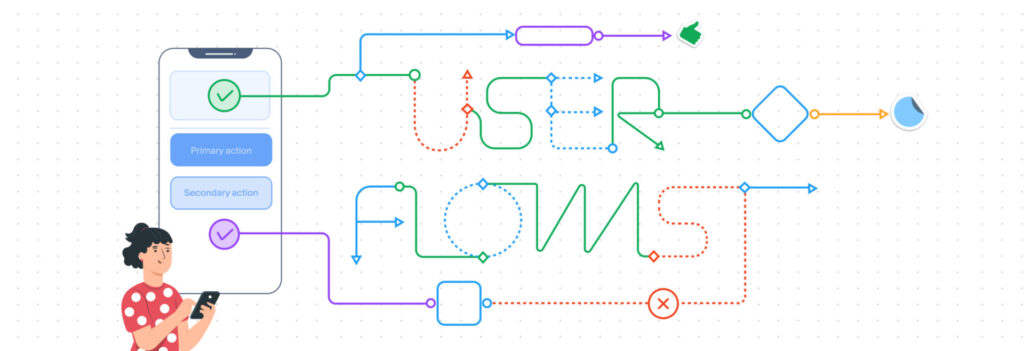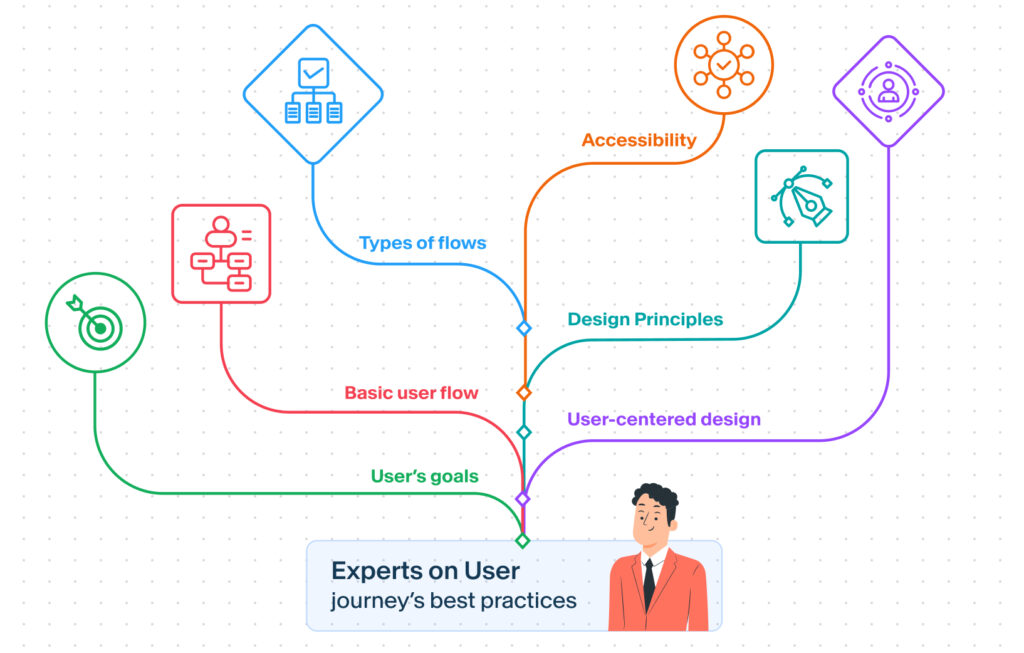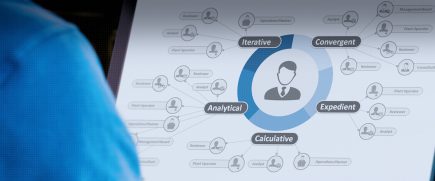Stuti Mazumdar - December 2024

1. Understand Your Users’ Goals and Motivators

So, how can you get started?
- Invest in UX Research:
Ensure that a dedicated researcher conducts thorough research for your project, especially if you’re launching a new product. Researchers in a team of designers bring nuance to the qualitative data gathered and analyzed to ensure you leave no stone unturned at the time of ideation. - Gather the Right Data: A complete competitor and market analysis can suggest who your target audience should be and how to address them in every aspect of your product. Armed with this knowledge, accumulating user data and conducting research would be efficient and effective.
- Analyze User Data: Use research methods like user interviews and surveys to gather qualitative data about your audience. Insights from real-world behavior can help identify potential friction points.
- Map User Journeys: When observing users using your prototype or an existing product, document the user actions and user flows repeating commonly through your target audience.
With this critical knowledge, align your user journeys to the ones that your target audience impulsively follows. This would help meet their needs and business objectives.
2. Start with a Basic User Flow
Wondering how to create a basic user flow chart?
- Define Entry Points: Start with wherever the user moves into your system first, most commonly, it being a homepage or the app launch screen. Beginning right from the start allows you to consider the complete experience at once.
- List Steps: For all critical user actions that you want them to take, break down each interaction step by step. For instance, logging in, searching for a song, and hitting “play” could form a simple user flow for a Spotify user. Breaking down each step allows you to know the click depth and the complexity of each user action.
- Map All Outcomes: Include decision points where users might diverge, such as choosing between different features. This allows you to create a holistic and seamless user flow chart.
A user-centered design begins with this foundational chart, which is expanded with complex branches and pathways as the digital product evolves to accommodate more features and new cohorts of users.
3. Stick to Intuitive Design Principles
An effective user flow ensures users can complete tasks without confusion. Intuitive user design principles, like simplicity and predictability, should be prioritized. After all, with each task you make simpler for your users, you lower the chances of your bounce rates increasing.
4. Focus on User-Centered Design
User-centered design ensures that the user’s needs, preferences, and limitations are at the forefront of the design process. This approach is particularly important when mapping user journeys and creating task flows, after all, their behavior on your digital product is getting mapped.
Here’s what you can do to get started:
- Empathy Mapping: Understand the user’s context, such as whether they’re multitasking or on a slow internet connection.
- Usability Testing: Test your flows with real users to identify bottlenecks in the product design process.
- Iterate Based on Feedback: Continuously refine your flows based on user feedback to optimize their experience.
5. Differentiate Between Types of User Flows
Not all user flows are created equal. Different tasks and contexts require specific approaches. Understanding the types of user flow is crucial for effectively designing a new product. Let’s dive into the types to better understand what fits your requirements.
Types of User Flows:
- Task Flows: These are designed to focus on completing a single task, such as resetting your account.
- Wireframe-Based Flows: These involve mapping out user interactions alongside design mockups to ensure alignment with the user interface being created.
- Journey-Based Flows: To highlight the broader user experience, encompassing multiple tasks and decision points.



